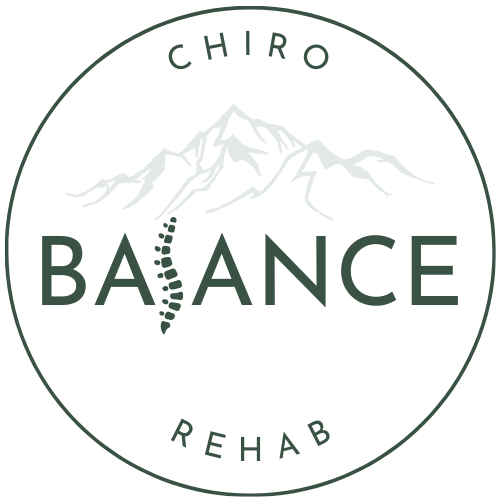Plagiocephaly: How to Prevent a Flat Spot and What to Do if You Notice One in Your Newborn
Before we start, whether you are trying to prevent a flat spot or have noticed that your little one is developing a flat spot, you have done nothing wrong and you are a great parent! There are things that are completely out of your control such as:
Having a male- YUP, can’t control that one! Males are 1.5x more likely to develop plagiocephaly
Multiples- in utero positioning and pressure along a specific spot of the head
Firstborn- “less flexibility” in the womb with the first born
Sleeping on our back - if you’re following the safe sleep guidelines (still recommended!) this places baby on their back during sleep which contributes to increased pressure along the back of the head for prolonged periods.
Premature - skulls are malleable and these tiny tots are hospitalized more/longer = more time on the back
Fun fact, there are in fact things you can do to help decrease the likelihood that your little one will develop a flat spot. THE most important thing you can do for a flat spot is early intervention. If you notice your little one has a flat spot, please seek out a provider that is well versed in plagiocephaly (typically pediatric physical therapists or occupational therapist, but there are the occasional pediatric chiropractor such as Dr. Dani that has additional training and works WITH these other providers). This is helpful not only for early intervention and potentially avoiding the need for a helmet, but also for addressing underlying causes such as torticollis, tongue tie, etc.
A few tips and tricks:
1. Avoid frequent container use:
Containers restrict normal, free movement and put pressure on the same spot more frequently (especially if they fall asleep in them).
What to do instead:
FLOOR TIME or a Pack N Play and allow baby to lay on their side and tummy to explore their environment (if they don’t like this… let’s find out WHY!)
Limit containers to less than 2 hours per day
Encourage rotation of the head to the non-dominant side ("high spot" of the back of the head) with a toy, acting silly or sibling playing)
Try baby wearing, tummy time, side time, etc. as much as possible.
2. Avoid one sided holding, feeding, etc.
This promotes pressure along one side of the skull and exacerbates tension patterns/ asymmetries.
What to do instead:
Change up the arm you carry or feed (if bottle feeding) and switch up which end of the bassinet baby sleeps.
One sided holding, feeding, etc.
3. Increase side and belly time
More time on back= more pressure on the back of the head. The more we are on our side and belly = less time on flat spot!
Frequent and short bursts of tummy time if we aren't a huge fan (AND let’s figure out why)
Tuck those elbows under the shoulders and prop up when needed
5. Hold your little one so they are turned away from the tight side and your arm is in contact with the high spot
6. Place your little one in their crib/bassinet so they have to look AWAY from the flat spot to see mom/caregiver
7. Encourage finger sucking of the non-preferred hand (tilt to the Right- encourage sucking of the Right hand)
What plagiocephaly treatment looks like:
Assess tension patterns and causes
Check for other contributors such as oral ties, container use, positional tendencies, etc.
Bodywork to release tension
At-home stretches to reduce muscle tension
At-home exercises to strengthen weak muscles
Repositioning techniques
While these are all valuable tips for preventing and limiting the severity of plagiocephaly, they are not a substitute for an evaluation by a trained and skilled provider. It’s important to address any other contributing factors/causes as well as starting conservative care as soon as possible to expedite results, decrease the need for a helmet and staying on track with milestone development.
Hi there!
My name is Dr. Dani and I’m an In-Home Chiropractor to busy individuals and families within the Denver Metro area. I love working with the pregnancy, postpartum and pediatric populations and strive for quality care through extended appointment times, follow-up recommendations and education so that you can feel both empowered and cared for! I truly just love supporting women!
Questions? Comments? CONTACT ME
Need some bodywork? BOOK HERE
Love the info and want to leave a review!? LEAVE A GOOGLE REVIEW
Looking for the fun stuff?
Instagram: @balance.chiro.and.rehab
YouTube: Dr. Dani Engle
Check out more information about Dr. Dani and what Balance Chiro and Rehab offers to those in the Denver Metro area (and surrounding areas) HERE.

